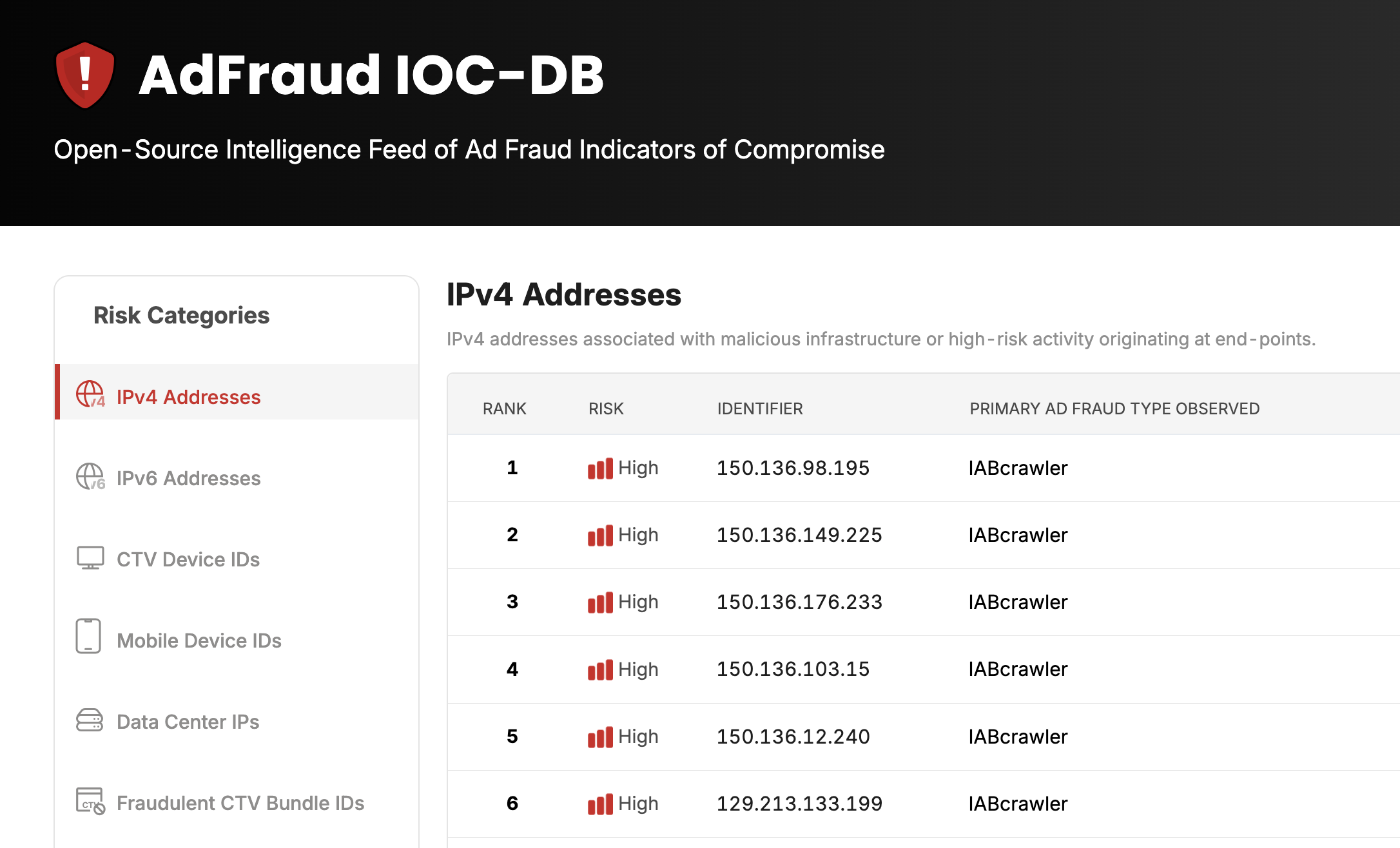According to Pixalate’s latest open programmatic vMVPD research, an estimated 79% of open programmatic global ad spend on Samsung Smart TV devices went to vMVPD apps in Q3 2024; Hulu is No. 1 top grossing vMVPD app on Roku, Apple TV, Amazon Fire TV, and Samsung Smart TV devices
LONDON, October 18, 2024 -- Pixalate, the global market-leading ad fraud protection, privacy, and compliance analytics platform for Connected TV (CTV) and Mobile Advertising, today released the Q3 2024 vMVPD Ad Spend and Invalid Traffic (IVT) Trends Reports for virtual Multichannel Video Programming Distribution (vMVPD) apps across the Apple TV, Roku, Samsung Smart TV, and Amazon Fire TV CTV app stores.
Pixalate’s data science team analyzed over 8 billion open programmatic advertising transactions across more than 10,000 CTV Bundle IDs mapped to over 5,000 unique CTV apps in the third quarter of 2024 to compile this research.
Key Takeaways
Roku
- 70% of the estimated global open programmatic ad spend was directed towards vMVPD apps, which is an increase of 1% year-to-date (YTD)
- IVT rates, including ad fraud, for non-vMVPD apps were 11% higher than vMVPD apps
- Top grossing vMVPD apps were Hulu, Pluto, and Spectrum TV
Amazon Fire TV
- 51% of the estimated global open programmatic ad spend was directed towards vMVPD apps, which is an increase of 17% YTD
- IVT rates, including ad fraud, for non-vMVPD apps were 2x higher than vMVPD apps
- Top grossing vMVPD apps were Hulu, Pluto TV, and Tubi
Apple TV
- 71% of the estimated global open programmatic ad spend was directed towards vMVPD apps, which is an increase of 11% YTD
- IVT rates, including ad fraud, for non-vMVPD apps were 2.2x higher than vMVPD apps.
- Top grossing vMVPD apps were Hulu, Xumo Play, and USA Network
Samsung Smart TV
- 79% of global ad spending was directed towards vMVPD apps, which is a decline of 9% YTD
- IVT rates, including ad fraud, on non-vMVPD apps were higher by 37% compared to vMVPD apps
- Top grossing vMVPD apps were Hulu, Samsung TV Plus, Hulu, and ViX
vMVPD Apps: A ‘Nested’ Ecosystem
vMVPD (Virtual MultiChannel Video Programming Distributor) applications are designed to bundle TV channels into cost-effective "skinny bundles,” a concept stemming from traditional MVPDs like Comcast and Dish TV. In vMVPD environments, both the app and the offered channels within the vMVPD app can sell ads, creating a nested ecosystem.
vMVPD apps differ from other types of apps, like SVOD (Subscription Video On Demand) and AVOD (Advertising-based Video On Demand) apps, as those do not “aggregate” linear channels, but instead curate shows or movies for their users.
Download the full Q3 2024 vMVPD Traffic Analysis Reports:




About Pixalate
Pixalate is a global platform specializing in privacy compliance, ad fraud prevention, and digital ad supply chain data intelligence. Founded in 2012, Pixalate is trusted by regulators, data researchers, advertisers, publishers, ad tech platforms, and financial analysts across the Connected TV (CTV), mobile app, and website ecosystems. Pixalate is accredited by the MRC for the detection and filtration of Sophisticated Invalid Traffic (SIVT). pixalate.com
Disclaimer
The content of this press release, and the vMVPD Traffic Analysis Reports (the Report), reflect Pixalate's opinions with respect to factors that Pixalate believes may be useful to the digital media industry. Pixalate's opinions are just that, opinions, which means that they are neither facts nor guarantees. Pixalate is sharing this data not to impugn the standing or reputation of any entity, person or app, but, instead, to report findings and trends pertaining to programmatic advertising activity across in the time period studied. Per the Media Rating Council (MRC), “‘Invalid Traffic’ is defined generally as traffic that does not meet certain ad serving quality or completeness criteria, or otherwise does not represent legitimate ad traffic that should be included in measurement counts. Among the reasons why ad traffic may be deemed invalid is it is a result of non-human traffic (spiders, bots, etc.), or activity designed to produce fraudulent traffic.” Where the traffic characteristics are suggestive of deliberate intent to mislead, such IVT is often referred to as “ad fraud.” Also per the MRC, “'Fraud' is not intended to represent fraud as defined in various laws, statutes and ordinances or as conventionally used in U.S. Court or other legal proceedings, but rather a custom definition strictly for advertising measurement purposes.”










